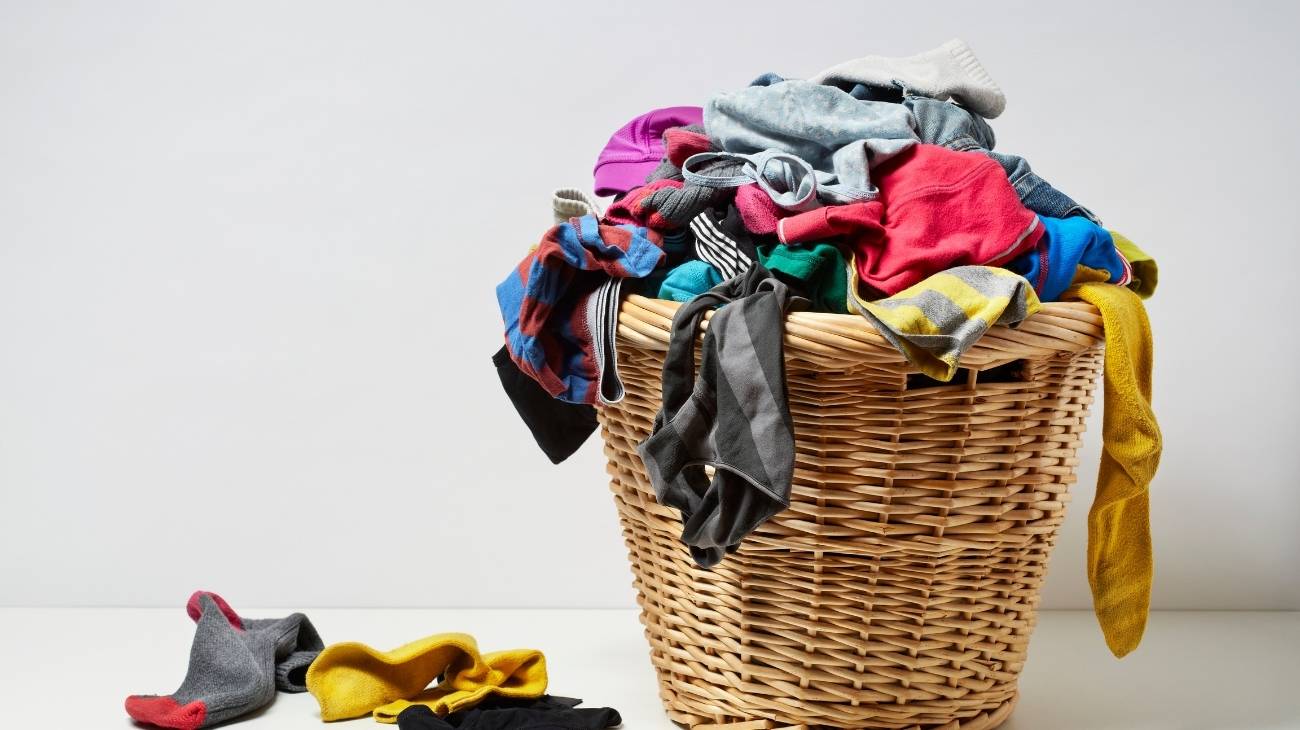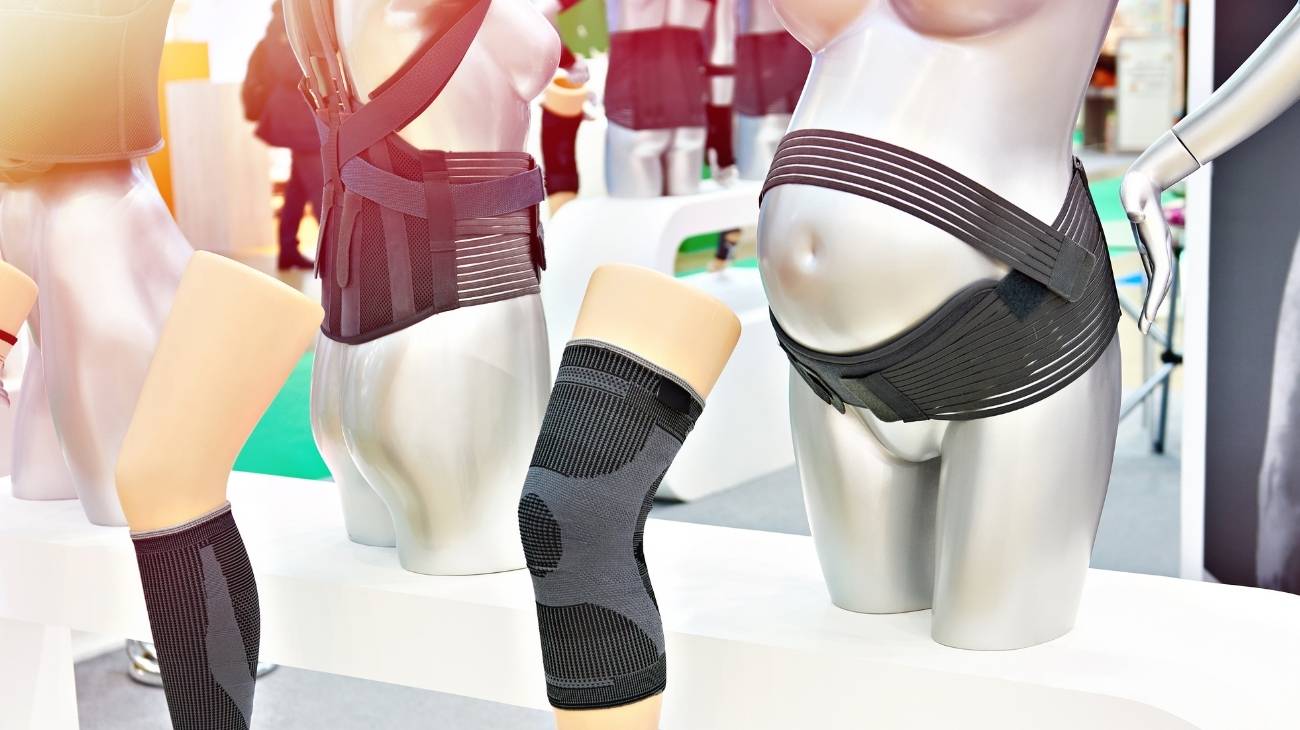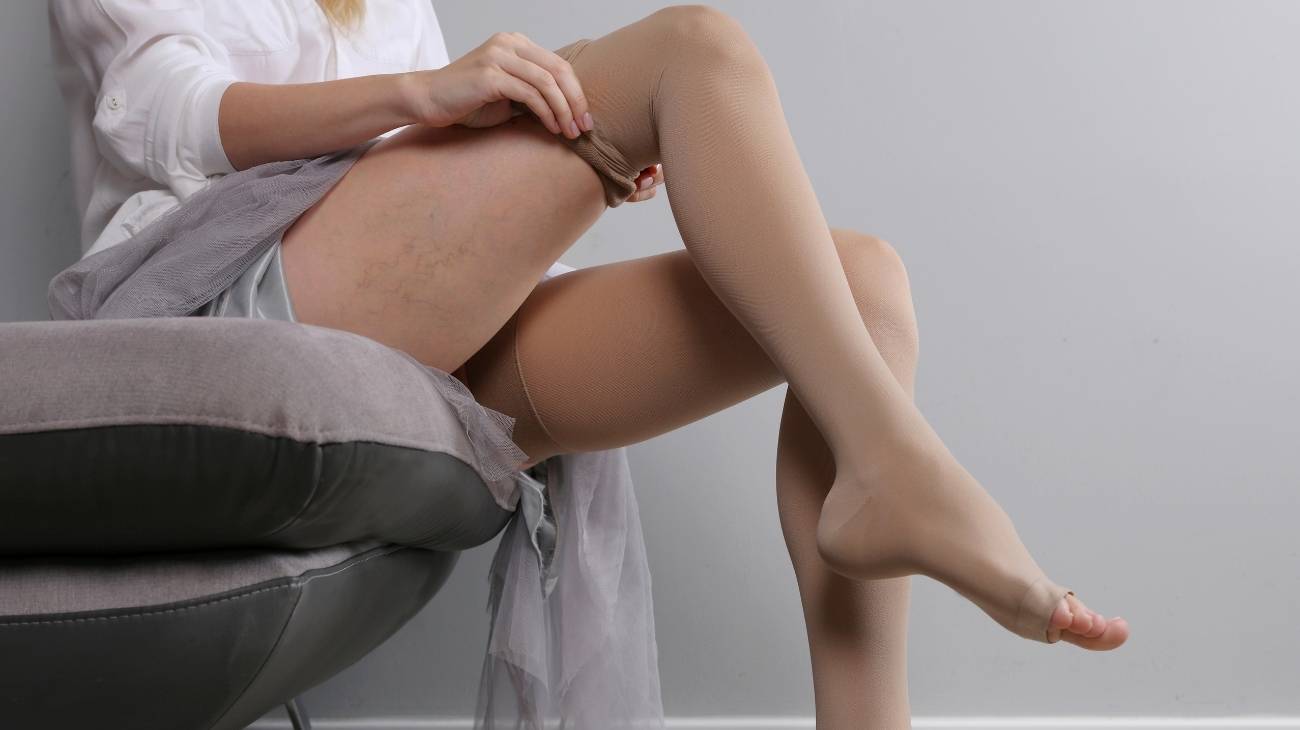- What are the most common injuries when practising hiking and mountain sports?
- What are the benefits of compression socks and calf sleeves for hikers and mountaineers?
- What characteristics should you take into account before choosing the best compression stocking for walking in the countryside or in the mountains?
- Do compression socks really work to improve performance and recovery in mountain sports?
Mountain sports are distinguished from the rest because they are those that are practised in an environment with special climatic and physical characteristics, which is why they attract the attention of all adventurers. Among the most common ones are: hiking, climbing, mountaineering, mountain biking, trekking, etc. These are practised as a competition or as a recreational activity by people of all ages.
But, although they improve cardiovascular health, tone muscles and increase overall strength, they also have their drawbacks. This is because of the injuries that can be triggered by such activities , and so here you will learn more about them, as well as the impact of compression stockings to help you avoid them.
What are the most common injuries when practising hiking and mountain sports?
Without a doubt, practising a sport in the middle of the mountains is captivating for most people, whatever the season. However, as it is an isolated, hostile and difficult to access area, it also reveals certain dangers for its enthusiasts. Consequently, if the appropriate precautions are not taken, accidents are likely to develop, leading to the most common injuries in this type of sport, which are:
Tendonitis of the fingers
Although climbers' fingers exhibit a great capacity to adapt to the various loads and demands of climbing, the truth is that most of them manifest injuries in the fingers, specifically in the tendons. Therefore, this kind of tendonitis qualifies as a very common pathology in climbers, which produces an inflammation in a tendon that is the fibrous structure that connects the muscle to the bone.
This is mostly due to the constant overloading of the muscles of the fingers during the time the athlete is climbing at the height in question. As a consequence, it triggers severe pain that can increase with movement, tingling, swelling, hypersensitivity and difficulty in holding objects.
Osteoarthritis of the knee
The most common degenerative disease of the knee, often affecting athletes who hike. In general, this condition occurs when the protective cartilage that cushions the ends of the bone fragments wears away. This causes symptoms such as pain in the area, stiffness, deformity and loss of function.
In this sense, osteoarthritis of the knee in hikers manifests itself as a result of overload due to hard physical work when walking long routes or hiking trails in the mountains. In addition to this, the disease can also be caused by experiencing trauma during this sporting and recreational activity. In most cases, it is cured with conservative treatment (medication, therapies and care methods).
Iliotibial band friction syndrome
Mountain runners and hikers tend to suffer from this syndrome, which is defined as a pathology characterised by acute pain in the lateral part of the knee due to continuous friction when stretching and flexing the iliotibial band leg. Thus, it appears as a result of not performing warm-up exercises before starting sports practice, running on uneven surfaces, using deteriorated or inadequate footwear and training more than indicated.
In general, the injury begins to manifest itself progressively. Initially, there is only pain after running for approximately 15 minutes and this disappears when resting. However, when aggravated, the pain intensifies in the area of the knee, the junction of the femur and tibia. As a result, stiffness of the lateral knee is observed.
Ankle sprain
An ankle sprain can also affect people who exercise skills in the mountains, especially in sports that involve running. This basically occurs when the athlete bends or twists the ankle causing an abnormal and sudden twist in the area. This is a movement that tears the tough bands of tissue or ligaments that hold the bones together.
This type of ligament injury from excessive stretching or tearing causes instant pain in the region, as well as swelling, skin discolouration or ecchymosis, inability to move the foot, as well as inability to stand upright and bear weight. It almost always occurs as a result of faulty technique, improper footwear or weakness of the ligaments and muscles in the area.
Anterior cruciate ligament tear
In skiing and other mountain sports, the anterior cruciate ligament (ACL) injury is the most serious. The main cause is the twisting mechanism of the femur over the tibia or hyperflexion of the knee which, as a result, breaks the anterior cruciate ligament that connects the thigh bone to the shin bone to stabilise the knee joint.
Indeed, the instability of the knee joint causes discomfort for patients to perform any movement and promotes the rapid progression of osteoarthritis. It also causes inflammation, pain and difficulty in continuing to play sport. Normally, the pathology is triggered by changing direction when running or turning quickly, extending the knee joint abruptly or receiving a direct blow.
Bestseller
-
2 Calf Compression Sleeve (Black/Gray)
£20,95 -
2 Calf Compression Sleeve (Green/Navy)
£20,95 -
2 Calf Compression Sleeve (Pink/Bordeaux)
£20,95 -
Sport Compression Socks (1 Pair) (Black/Gray)
£20,95 -
Sport Compression Socks (1 Pair) (Green/Navy)
£20,95 -
Sport Compression Socks (1 Pair) (Pink/Bordeaux)
£20,95
What are the benefits of compression socks and calf sleeves for hikers and mountaineers?
One of the ways to prevent various injuries that occur when training for hiking or any other mountain sport is to wear compression stockings or calf sleeves. These types of textile elements offer protection and guarantee important benefits by exerting a controlled force on the athlete's legs and feet.
Among the best advantages are the following:
- Promote blood circulation flow and heart rate.
- They provide greater support to the muscles.
- Minimise the onset of fatigue and/or muscle soreness.
- Improve aerobic and anaerobic endurance and performance.
- They promote rapid recovery after training.
- They reduce the effect of the impact produced by each stride.
- Decrease the chances of inflammation or swelling.
- They protect the limbs from various injuries.
- They conserve body heat, both on cold and/or rainy days.
- They avoid vibrations that are often harmful, over time.
What characteristics should you take into account before choosing the best compression stocking for walking in the countryside or in the mountains?
Given that there are currently many options on the market when it comes to compression stockings, it is important for all sportsmen and women or mountaineers who practise skills on these surfaces to make sure that they purchase a garment that is perfectly suited to their requirements. Otherwise, they will not be able to benefit from the pros promised by compression stockings, sleeves or socks.
Here are the most important aspects to consider when choosing a compression stocking that will enable you to achieve the best possible performance in mountain sports:
According to its function
The most important aspect to consider when choosing your compression socks for mountain sports is their function. In view of the fact that there are various alternatives available for numerous sports and, moreover, with regard to the condition or requirement of each sportsperson, they promise to fulfil certain functions: to promote venous return, prevent circulation problems, help the recovery of the area, soothe aches and pains and release muscular loads.
Manufacturing material
It is appropriate to opt for compression stockings made of a synthetic material that allows sweat gland fluid to perspire, for example: nylon, polyester or spandex. In addition, check that the textile garment has reinforcements at the toe or heel for much greater protection.
Type of compression
It is essential that the sock exerts a suitable pressure to be able to enjoy the benefits of a compression sock while hiking, climbing, skiing, etc. Whereas, on average, it is suggested to use a sock that acts on the area with a pressure between 15 and 30 mmHg. Which, specifically, will depend on the degree of support that the brand or manufacturer manages to comply with the function they certify.
Size
In short, it is not considered ideal to use one-size-fits-all compression stockings, as proposed by different manufacturers. Depending on the anatomy of each athlete, this may result in inefficient compression (if it is too large) or may cause strangulation of blood flow (if it is too small). It is therefore advisable for the athlete to find his or her exact size (by measuring the calf circumference or calculating a height-weight ratio), in order to determine whether it is a size S, M, L or XL.
Design
Beyond the colour of the compression stocking, it is useful to assess the design of the stocking in terms of the way it covers the athlete's skin up to a certain height.
Thus, among the main designs, the following stand out
- Compression sleeves (from the waist to the feet)
- Long stockings (above the knee to mid-thigh)
- Short socks or calf sleeves (they go from the knee to the ankle)
- Socks (only cover the foot)
Price
The price of this type of stocking varies according to various factors: brand, function, design, type of fastening and material used. It should be noted that, although they sometimes seem expensive, it is better to choose to buy one of these than to negotiate an imitation (they are qualified by their ineffectiveness, due to poor quality).
Do compression socks really work to improve performance and recovery in mountain sports?
In short, yes. Because they are textile garments that stimulate optimal blood flow and promote muscle recovery in a shorter time. This is essential to speed up the recovery of the athlete's limbs during the rest phase, especially because it reduces inflammation and muscular pain.
In addition, they have the ability to prevent various injuries common in hiking sports, offer comfort and muscle support, as well as ensure a thermoregulatory function and improve metabolic efficiency, ideal for increasing the athlete's performance during prolonged, high-intensity outdoor activities.
Compression sports socks for mountain sports are the best garment to increase sporting performance, and if you have an injury, you can achieve a quick cure with the use of compressive therapy, whose work is effective in improving the internal components of the foot and calf.























